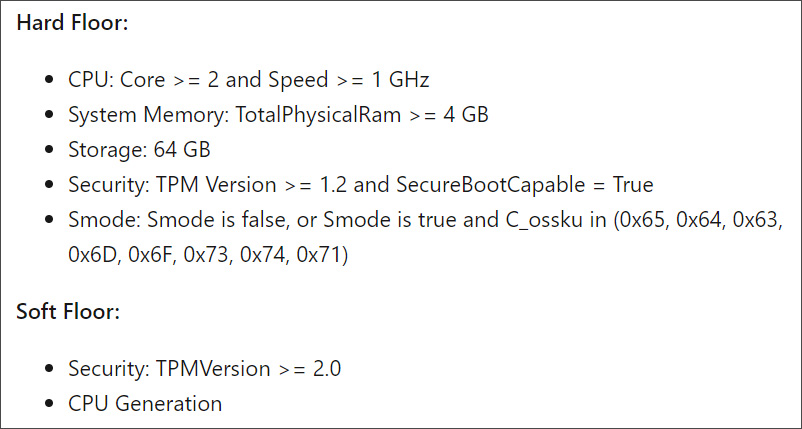
- #Trusted platform module driver 2.0 windows 10 hp how to#
- #Trusted platform module driver 2.0 windows 10 hp Pc#
- #Trusted platform module driver 2.0 windows 10 hp windows 8#
#Trusted platform module driver 2.0 windows 10 hp Pc#
To find it, you’ll have to root around through the UEFI of your PC to turn it on. In some motherboards it’s called Intel Platform Trusted Technology (PTT). In this motherboard, for example, it’s just called TPM. On this particular motherboard, it means flipping it from discrete to firmware.ĭepending on the motherboard or laptop maker, finding this setting will vary. As we said, that means you either go out and buy the appropriate TPM module and plug it into the header, or you simply flip on the firmware TPM already built in the 8th-gen CPU. This throws up a flag in Microsoft’s Windows 11 requirement check, saying you need a TPM 2.0 is enabled. For example, on an 8th-gen Core i7 PC, we found the TPM support in its default state of “discrete”-which, as with most consumer desktops, means ‘off,’ because there was no optional TPM module installed. While support for the TPM on a 7-year-old PC to run Windows 11 is going to cause hand-wringing for the next six months, even newer PCs can have troubles. The consumer 11th-gen laptop (left) uses Intel’s embedded TPM, while the business-focused 8th-gen laptop (right) features a discrete TPM. If it all matches, the boot proceeds as normal. With a TPM, the PC can compare notes using the information stored in the locked-down TPM. But without a point of reference, the PC has no idea whether any part of the system has been tampered with. In fact, it may not even trust the surrounding hardware it woke up earlier, so it checks them as well. In a secure environment, the PC first makes sure the operating system is secure.
#Trusted platform module driver 2.0 windows 10 hp how to#
Here’s how to get Windows for cheap (or even for free) Once all of the hardware is ready, it goes to the storage drive to start hauling the operating system into memory. It’s basically a lockbox for keys, as well as an encryption device a PC can use to boost its security.įor example, when you boot your PC, one chip wakes up and begins nudging other components to warm up for the start of the day. Manage softwareEnable IT administrators to remotely manage features supported by the software, such as HP Client Security. Find if your NUC supports these technologies. Trusted Platform Module (TPM) firmware updates. Intel PTT supports BitLocker for hard drive encryption and supports all Microsoft requirements for firmware Trusted Platform Module (fTPM) 2.0.
#Trusted platform module driver 2.0 windows 10 hp windows 8#
What is a TPM?Ī TPM, or Trusted Platform Module, is a security chip that can be embedded in a laptop or plugged into most desktop PCs. Intel PTT is a platform functionality for credential storage and key management used by Windows 8 and Windows 10.

We’ll explain what a TPM is, how you can find out whether your system has one, and how to enable it if it’s turned off. Now that Windows 11 has arrived, it’s a vital piece of whether or not you’ll even be able to upgrade.

If you’re like most people, you didn’t think about whether your computer had a TPM (Trusted Platform Module) until Microsoft made it part of its system requirements to run Windows 11.


 0 kommentar(er)
0 kommentar(er)
